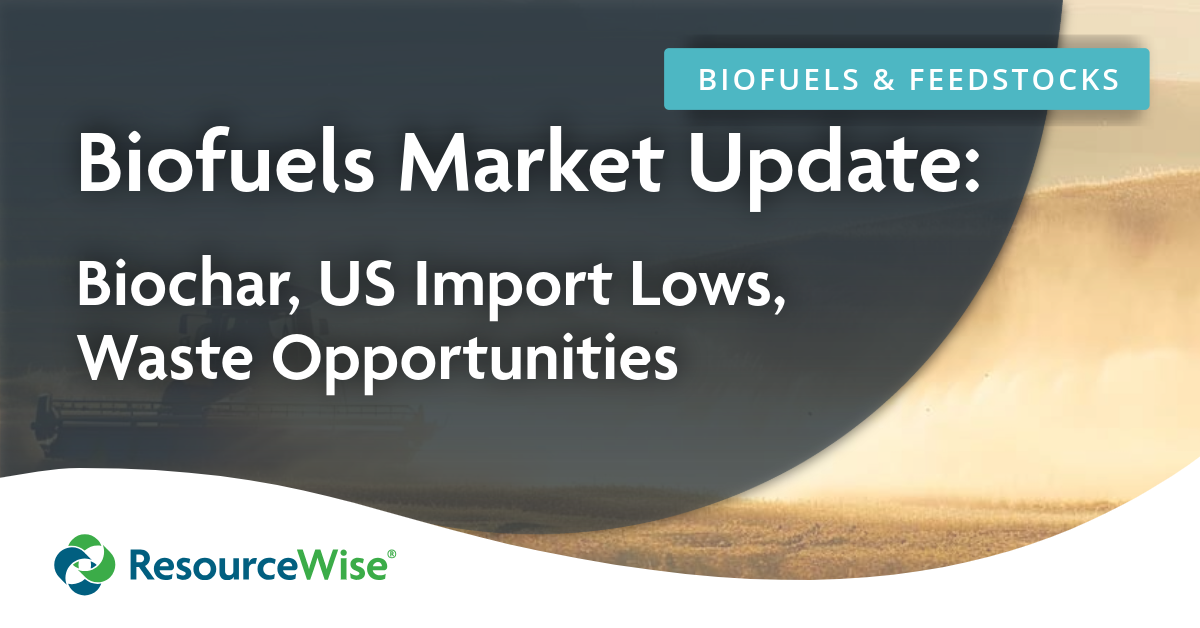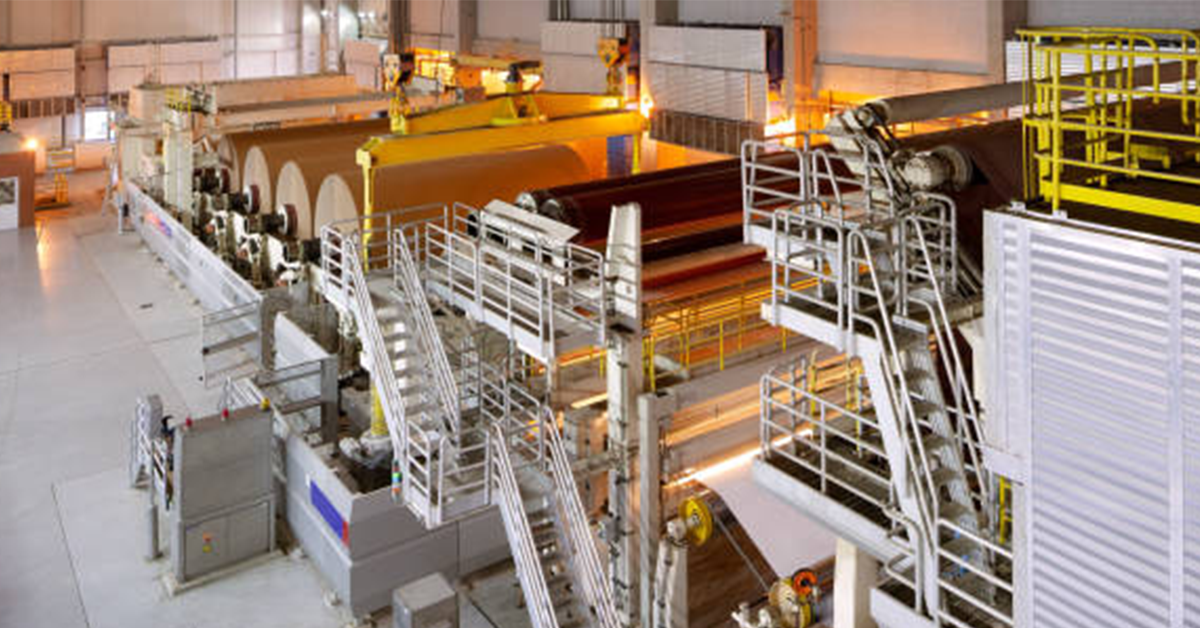4 min read
Rebuilding After Adverse Weather: Chemicals in Focus
 Jane Denny
:
Oct 9, 2024 12:00:00 AM
Jane Denny
:
Oct 9, 2024 12:00:00 AM

First published on October 9, 2024 this blog post was updated Thursday October 10
During the course of Hurricane Milton’s approach towards the US state of Florida this week, its intensity status evolved within the “major” hurricane range.
Before landfall, Milton was in the highest category at 5—a ranking that denotes catastrophic impact. Therein, roof failure for many residences and industrial buildings is de rigeur. Complete building failures, with small buildings blown over or away, are expected. Beyond this is classed as a “Worst-case Scenario” outcome we hope not to see.
Hurricane Milton, however, weakened before hitting Florida at around 20.30 Eastern Time yesterday. Category 3 hurricanes, however, bring wind speeds up to 129 mph.
Milton was expected to trigger a storm surge over three meters high. When it comes to surges, the shallower the continental shelf, the higher the threat of a dangerous surge. Almost half of the US Gulf Coast basin has a shallow shelf. Indeed, Florida’s continental shelf extends quite far offshore—over 300 km at some points.
As Hurricane winds combine with atmospheric pressure, ocean water will likely be forced up onto the land. With one cubic meter of water weighing about the same as a small car, the threat to human life and structures is immediately apparent. Many Floridians fled as Milton approached.
Sunshine State Chemicals Sector Snapshot
Unlike the west US Gulf Coast—which is home to many chemical manufacturing plants and facilities across both upstream and downstream sectors—neither the Sunshine State, nor Tampa Bay, are particularly chemical plant or manufacturing facility-heavy locales. That is not to say there are no chemicals stored or used within the region. In fact, many chemical distributors operate within the state. Florida also boasts a biotech hub, a thriving medical device manufacturing industry, and pharmaceutical producers.
Global specialty chemicals company Element Solutions and specialty products manufacturer Arkema-Arrmaz are headquartered in the region. Industrial chemicals manufacturer Milliken’s SiVance—focused on silane, siloxane, and silicone intermediates—has an R&D and manufacturing campus in Gainesville, Florida. Several SME chemicals manufacturers serve cleaning, personal care, automotive products, and other sectors.
Chance to Rebuild
Localized logistical disruptions are likely to hamper a return to normal life immediately upon the community’s return home. Only once Milton has passed will the state know the full impact and what will need to happen to return to some form of normalcy.
The most significant impact on the wider chemicals industry will probably arise when the fixing of Florida State begins. While adverse weather events, including hurricanes, are known to cause relocations and shifts in populations, spikes in insurance claims are often used to restore homes and businesses. In 2005, Hurricane Katrina generated the largest single loss in the history of insurance – $41.1 billion and more than 1.7 million claims, according to the Insurance Information Institute. Also, in January of the following year, US housing starts hit their highest figure this millennium.
Seven years later, in 2012, the US experienced the second most extreme year of weather, with record temperatures, droughts, wildfires, and hurricanes lashing its communities. Insurance claims also spiked that year, although losses were later estimated at around half that of Katrina in contemporary monetary terms. More recently, 2017 marked a historic year of weather and climate disasters in the US. The country’s separate billion-dollar cost disaster events included three tropical cyclones, eight severe storms, two inland floods, and wildfires, according to the National Oceanic and Atmospheric Administration.
New Homes in Earthquake-struck Turkey
The 7.8 magnitude earthquake that struck southern and central Turkey and northern and western Syria in February 2023 killed more than 54,000 people. Thousands of homes were destroyed, and municipal buildings crumbled and disappeared. More than 100 universities endured severe damage.
Within a year, President Tayyip Erdogan delivered 7,275 houses in Hatay—the province worst hit by the earthquakes. An exponentially larger country, the US began building just over double that number in the same time frame. President Erdogan outlined plans for a further 40,000 new houses throughout the region at the time.
As expected, efforts to rebuild Turkey after the tragedy increased demand for construction sector chemicals and polymers. Hira Saeed, Senior Consultant ResourceWise Chemicals, recalls a spike in PVC trade in the months after the earthquake. Increased demand for PVC, in turn, increased demand for its chlor-alkali-related ingredient, chlorine.
On the polymer side, polyurethane (PU) is used to make insulation materials for new homes. Demand for PU means the intermediates used to produce the product, whether a flexible foam for soft furnishings such as bedding, or the rigid PU used to produce thermal insulation material in the form of insulation boards. High-density polyethylene (HDPE) and the thermoset reinforcement material unsaturated polyester (UP) resin are used in a variety of construction settings, including roofing and building panels. Coatings, adhesives, sealants, and elastomers (known as CASE products) also tend to experience an uptick following adverse weather events as fixtures and fittings are replaced or made good.
Hastening North Carolina's Post-Helene Healing
A White House statement issued on the same day Hurricane Milton made landfall, announced US$344 million had been provided to assist Hurricane Helene survivors.
In North Carolina alone, the US Government's Federal Emergency Management Agency approved more than $60 million in aid for more than 51,000 households, the press release said.
President Biden approved a 100 percent Federal cost-share for Florida, Georgia, North Carolina, South Carolina, and Tennessee in a bid to speed up the recovery process.
Worst-case Scenario
As Florida prepares for another bashing, industry participants will be mulling over a recent addition to the Environmental Protection Agency (EPA) “Safer Communities by Chemical Accident Prevention Rule. Aimed at chemical producers and users of products, including toxic and flammable substances, must prepare facilities response plans (FRP) to mitigate foreseeable substance discharge in adverse weather conditions, including extreme weather conditions due to climate change.
The rule was effective from May 2024, with all covered facilities allowed a 36-month lead time to comply. FRPs will require review and recertification every five years thereafter. According to the EPA, over 5,400 facilities meet the criteria to submit an FRP. Qualification rests on certain specifications, including that the facility lies within half a mile of navigable water or a conveyance to navigable water. Other parameters include the volumes of a Clean Water Act-defined hazardous substance onsite, and its ability to cause injury to fish, wildlife, and sensitive environments. A potential discharge’s ability to adversely impact a public water system or cause injury to public receptors is also a key factor.
Modeling potential impacts, and especially those catastrophic to human, animal, and plant life, is key to mitigating the damage caused by adverse weather events that are becoming all too common as climate temperatures rise.
Read our blog post "Hurricane Season and Chemicals Supply Chains" to learn more about the knock-on effects of adverse weather on chemical supply chains.





